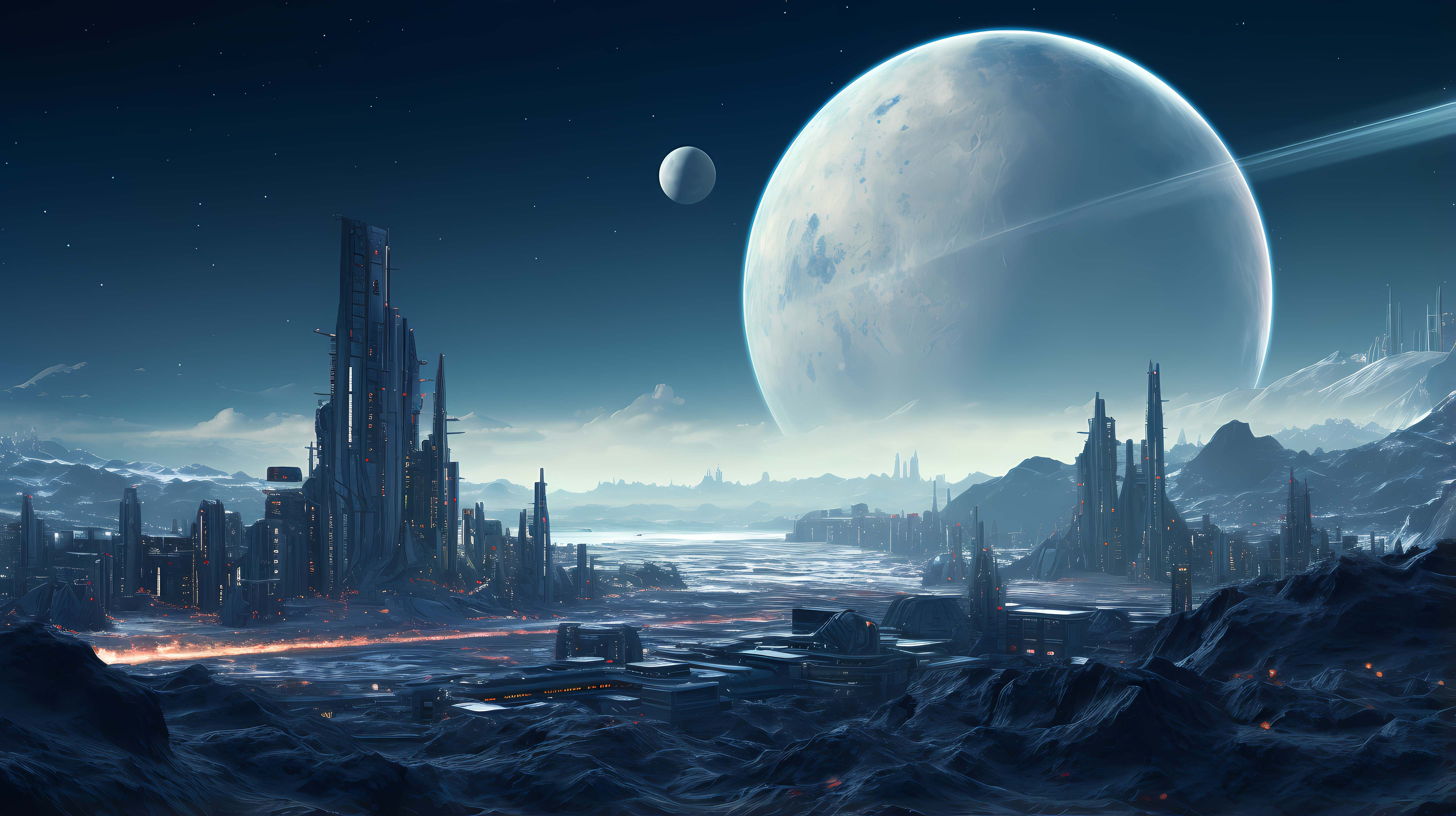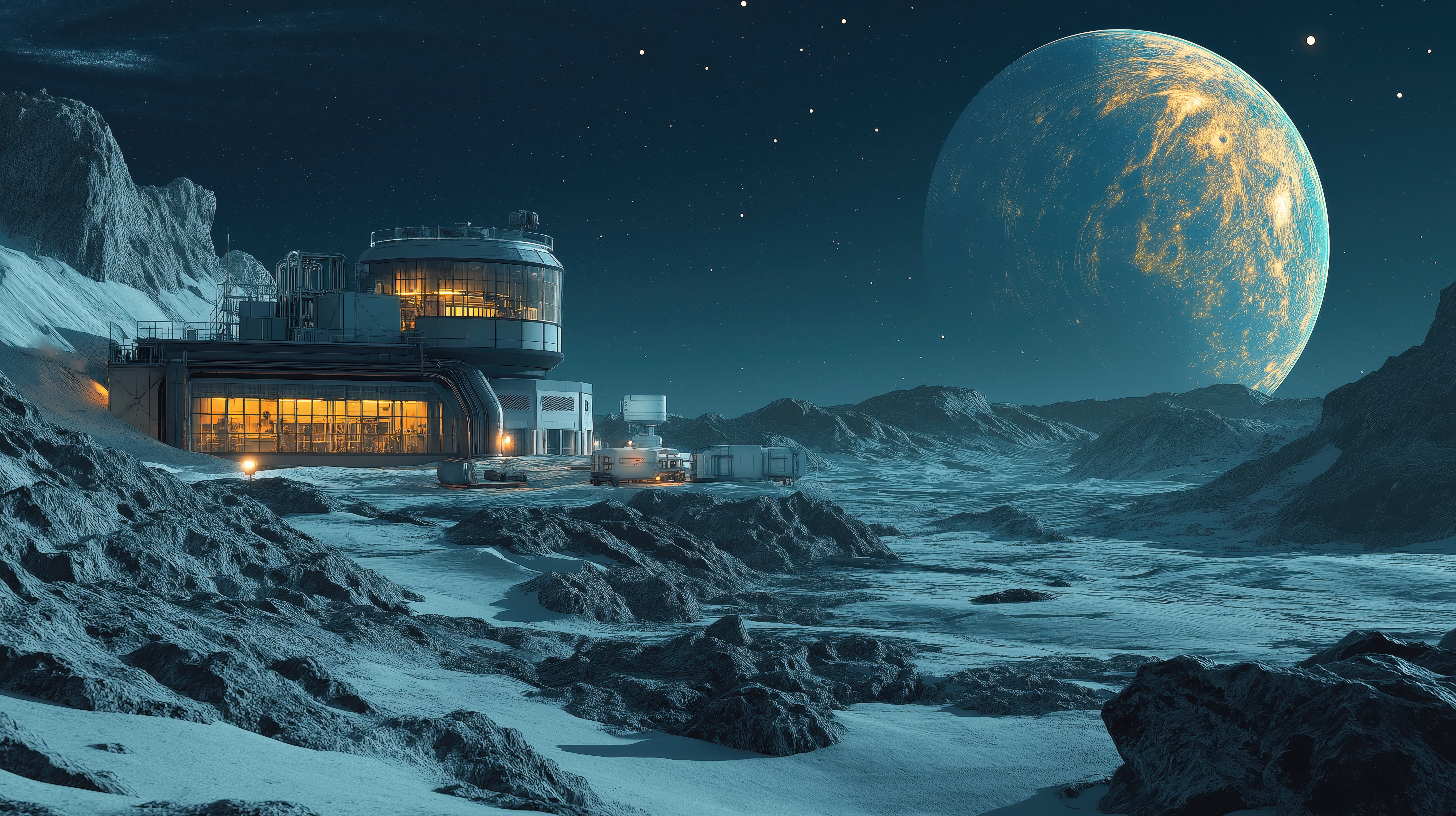The History of Science Fiction
Science fiction, often abbreviated as sci-fi, is a genre that explores the impact of science, technology, and the future on humanity. It has captivated audiences for centuries, blending imagination with scientific possibilities. Its origins can be traced back to the early works of speculative fiction, evolving into one of the most popular and diverse genres in literature, film, and other media.


